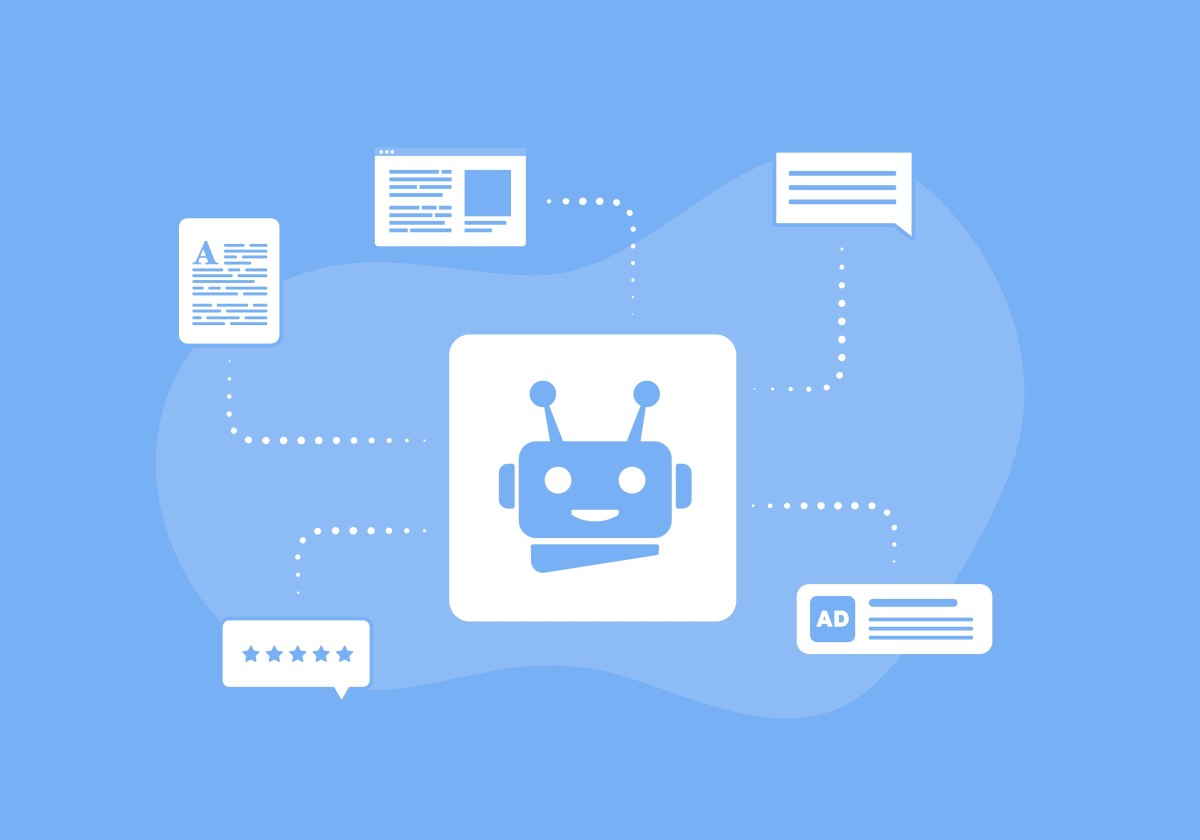As AI becomes more and more intelligent, the debate around the ethics of using it becomes knottier. Should we use AI to generate content for us? At what point should we credit the artists or writers on which the AI’s work is based? If an AI’s work contains factual inaccuracies or dangerous misinformation, who is to blame, and how should they be penalised?
These are, of course, difficult questions to answer, and we’re not going to offer answers to any of them here; smarter people than us have tried! However, one thing’s for sure: as AI content becomes more sophisticated, it’s going to get more and more important to be able to detect it and understand when content has been generated by AI rather than humans. It’s difficult to know exactly when content isn’t organic, but here are some of the methods you can use to detect AI written content.
Use an AI content detection tool
One of the ways you can detect whether content is AI-generated is to use an AI content detection tool like this one. These pieces of software will scan content and determine several of the most common features of AI-written articles, returning a value – usually a percentage – that will tell you the likelihood of whether content was AI-generated or not. It’s not really possible to state that an article has been created by an AI with absolute certainty, but if the percentage chance is high, then there’s a strong likelihood that the content is AI-generated.
Look for factual errors
Of course, human content contains factual errors all the time. Nobody is infallible; people make mistakes, and there’s every chance that an editor has missed a glaring error that the writer has made during generation. However, a serious factual error or a series of factual errors can give you pause when you’re wondering whether content has been generated by AI. Check the error and see if there are others like it in the piece, and if so, you might be working with AI-generated content.
Watch for patterns
If you don’t want to use an AI content detection service to look at the probability of content being AI-generated, then one of the other ways you can spot AI content is to look for patterns. AI doesn’t tend to use strange or unusual word choices; instead, it’ll default to the most common options for the next word in a sentence, which tends to result in an overuse of basic words like “the” or “its”. Humans, by contrast, will often take sentences in unusual or creative directions.
Pay attention to typos
You might think that typos in the text would be a good indicator that an article is AI-generated, but in fact, the opposite is true. Humans are fallible, whereas machines are “perfect”; a machine will only make a mistake if the human programming it has already made one earlier in the process. However, humans will constantly make typo mistakes or use the wrong word in a sentence, and that’s not something an AI tends to do, so if an article contains a lot of typos, it was probably written by a human.
Watch for character in the writing
An AI can mimic, but it can’t really create. A writer’s unique voice is a huge part of what makes their content enjoyable, and for the most part, even a piece of factual writing will contain that writer’s style and individual approach to crafting an article. An AI can mimic that style, but it won’t be able to make one up, so if an article seems a little too straight-laced or po-faced, then there’s a good chance it was written by an AI rather than a human being.
Look at other articles on a site
The methods we’ve outlined above, including the use of AI detection tools like Originality, can be used to detect individual pieces of AI-written content, but you can also use them to determine whether a site is generally using AI-created content across the board. Apply these principles to other articles, and if you keep seeing similar patterns emerging, then you might be dealing with a site that relies heavily on AI-generated stuff.
Look for long sentences
Humans tend to write longer sentences, because longer sentences are more complex and humans are able to think in those complex terms. AI, by contrast, will generally rely on shorter sentences; the model has likely been told that shorter sentences grab attention (which is true), and so it will default to that technique rather than lengthening its sentences. If an article contains a lot of short, punchy sentences with few clauses, then it could be generated by AI.
Watch for depth
AI-generated articles can give you the lowdown on something – think the introduction to a Wikipedia article – but they’re not so great at going into detail about a subject, nor are they good at extrapolating conclusions or analysing data in unusual ways. This is something humans can do very well; our brains are wired to spot patterns, and while this can sometimes be a problem for us, it’s also what leads us to our most brilliant and out-of-the-box discoveries as a species.
Try to spot repetition
Last but not least, one of the best ways you can detect AI-generated content is to look for repetition. If you notice that the article is repeating words, phrases, or particular sentence styles a lot, then it could be written by an AI. Sometimes, AI will fill in gaps it doesn’t understand by simply adding keywords or other relevant phrases, while a human might look to fill in those gaps with a little “sideways knowledge” that’s tangentially relevant to the article.


